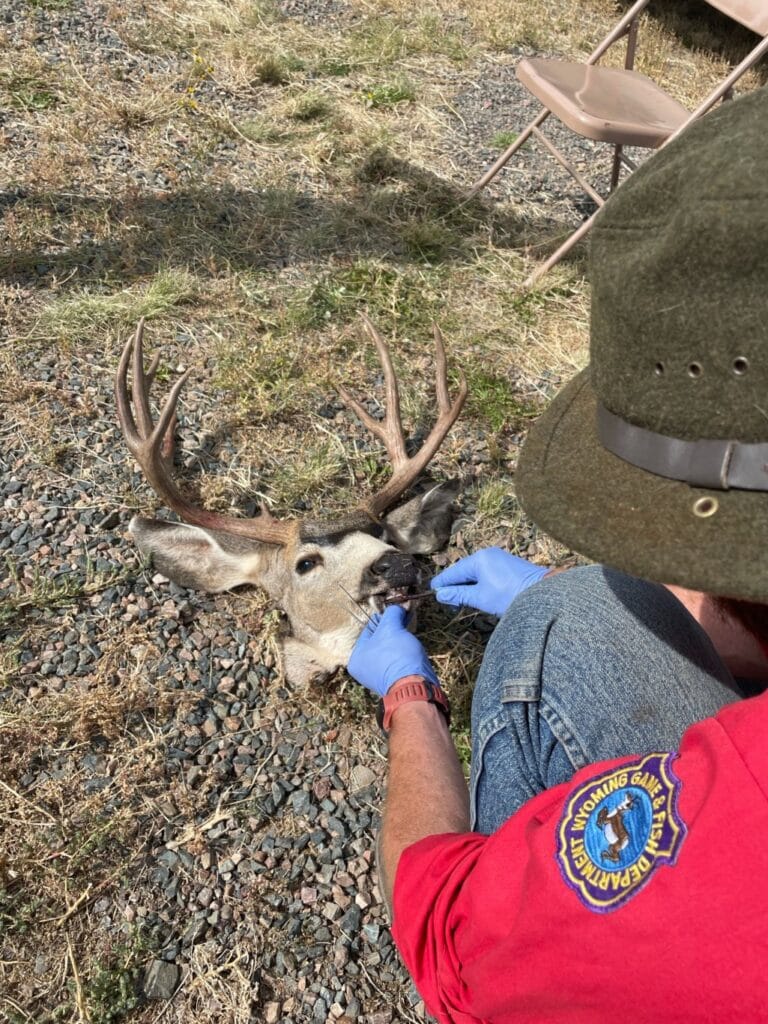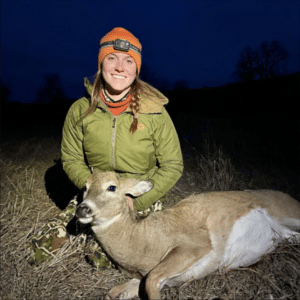At the end of 2021, the United States House of Representatives passed the Chronic Wasting Disease Research and Management Act with what most would consider flying colors. The final vote, tallied at 393-33, proved that most reps agree on the importance of this piece of legislation, which Rep. Ron Kind (D-WI) introduced on October 19. The bill now sits with the Senate, where it will continue working through the Committee on Agriculture, Nutrition, and Forestry before hopefully passing out of Congress and reaching President Biden’s desk for enactment.
If you’re a hunter, the words “Chronic Wasting Disease Research and Management Act” should excite you. Our nation’s deer, elk, and moose populations desperately need our continued efforts to research and manage CWD. They need us to act on it, and they need us to act on it now.
But like most pieces of federal legislation that involve large allocations to state and tribal wildlife agencies, this bill means different things for different parts of the country. For the 28 states that are in the throes of the painful battle against this debilitating disease, it could be life or death for ungulate populations, hunter success and retention, and the well-being of statewide conservation efforts.
And for the 22 states that have yet to need these funds, they might need them before the year is over, as CWD continues to prove its ability to jump state lines.
In terms of severity, Wyoming might be struggling the most with the prion disease. Twenty-two of Wyoming’s 23 counties are reporting cases—that’s as of August 2021, so final holdout Uinta County might already have succumbed—which means it has the highest percentage of counties now playing defense. Scientists like state wildlife disease biologist Hank Edwards estimate the overall prevalence of CWD in mule deer populations across the state hovers around 15%, although some populations are dealing with a much higher prevalence. He says the same numbers hold true for whitetails, as well.

H.R. 5608 would allocate $70 million for seven years to state and tribal agencies depending on myriad factors. It would also make rapid response funding available that would bypass such factors for the most alarming of emergency situations. But what does this mean for Wyoming?
“The big thing has been money because chronic wasting disease is a tough disease to study. We are really good at figuring out bacterial and virus-caused disease. But we suck at prions. We’re only starting to get a really good go at CWD,” Edwards said.
He noted that funding is a major issue for state and tribal wildlife agencies since research and implementation costs so much.
“We are way behind. That is what worries me about this disease,” Edwards said. “That is why a bill like this is so dang important.”
If the bill were to pass and Wyoming could access funding, the list of priorities is a long one. But first and foremost, Edwards sees a need for suppressing further transmission.
“It would be really nice to stabilize prevalence. If we could hold the state at 15%, that would be fantastic. But we don’t even know how to do that,” Edwards said. “We have some rates of prevalence in some populations that are over 50%. So making a difference and reversing that trend is a very tall order. I think that there’s hope that if we can start nailing down the primary methods of disease transmission, that’s probably our number one place to make a difference in the short term.”
Wyoming stands to benefit from the way the bill is written in terms of funding allocation. States will be prioritized for funding based on:
- Highest incidence of the disease
- Most prior financial commitment to managing, monitoring, surveying, and research
- Preexisting policies and programs focused on disease management
- Greatest need for response to new outbreaks occurring in areas in which CWD is already found
Other factors are more focused on states that aren’t dealing with CWD yet but might be soon, due to their proximity to problem states. They will also be able to access the rapid response funding if a first-time outbreak occurs.
Wyoming has been dealing with CWD for over 30 years, and as long as it has existed, it has been the subject of major research, a source of budgetary strain, and the focus of working groups, game laws, and grassroots efforts to convince hunters to test their carcasses. Except for Colorado, which serves as the true ground zero for the disease, Wyoming has been in this fight longer than any other state. In other words, this bill was written to benefit the Equality State more than most.
And even within Wyoming, certain areas with really good deer numbers and a deeply ingrained hunting tradition should consider this bill even more of a win. The famed herds of the Wyoming Range and surrounding areas face a long, uphill trudge to topple CWD and maintain the local outdoors economy. CWD prevalence is also showing up in elk herds near the area’s feeding grounds, a setting for the disease that could potentially speed up its spread. But this bill could be the beginning of the end of this region’s cervid conservation struggles, thanks to the capacity it would create.
Ultimately, to start making progress against the further spread of CWD, state and tribal wildlife agencies need more money and more time. The CWD Research and Management Act can deliver one of those things, and the results of such increased financial capacity might be able to deliver the other. But right now, Edwards advises to take one bite at a time and focus on suppression.
“Curing is going to be difficult just because of the nature of the disease,” he said. “I don’t know if we’ll be able to come up with a cure. You don’t know until you try. But based on what we know now, this is going to be one tough fight.”

